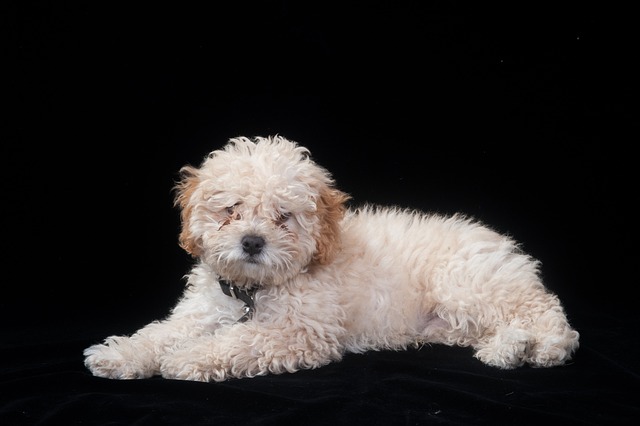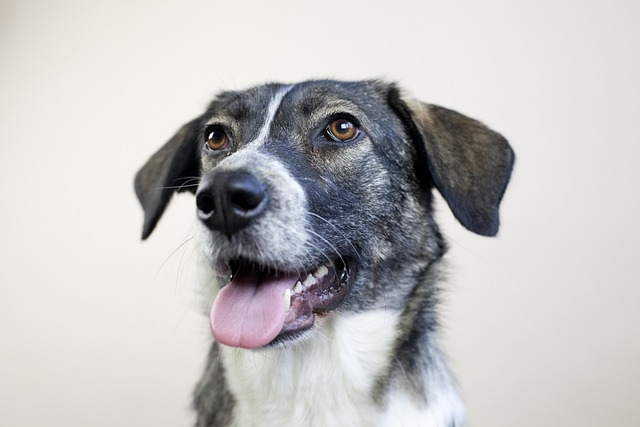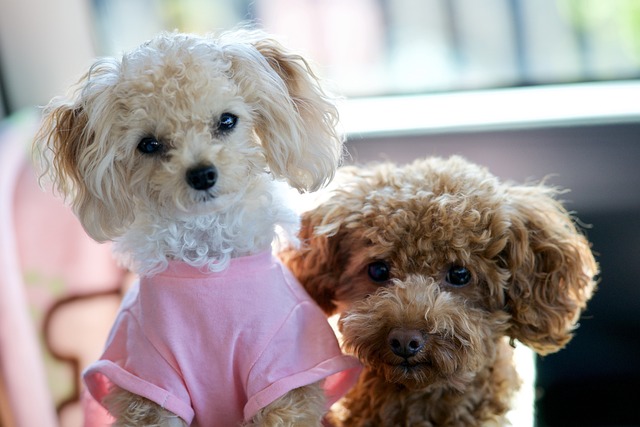
How to train a dog to pee outside?
Watching your new puppy squat on the living room rug can be frustrating, but housebreaking is a journey every dog owner goes through.
So your furry sidekick just hit the 12-week mark – that adorable, chaotic stage where they’re equal parts velcro cuddler and wobbly land shark! It’s natural to wonder, "What exactly should this little tornado be capable of by now?" Realistically, focus on foundational skills, not perfection. At this age, their brain is a sponge, but their bladder control and attention span are still works-in-progress. Developmentally, they’re exiting their primary socialization window but remain highly impressionable. Key goals involve building confidence through positive experiences and laying groundwork for future learning, all while prioritizing their health and safety.
Start with the basics happening right at home. By 12 weeks, most pups can grasp simple routines: sleeping through the night (mostly!) in their crate, signaling to go potty (maybe with a whine or scratch at your Boston apartment door – though accidents are still normal!), and responding to their name about 70-80% of the time when distractions are low. They should be comfortable eating from your hand or a bowl without guarding growls. Use positive reinforcement foundations daily: reward calm moments with treats, practice gentle handling (touching paws, ears, mouth), and introduce short (2-3 minute) training sessions for "sit" and "look at me" using their kibble. Crucially, they should tolerate wearing a collar/harness and walking a few steps indoors on leash – essential prep for the outside world. Never force interactions; if they hide from the vacuum, toss treats near it instead of pushing them closer.

Now, the how ties directly to American pet culture and laws. Vaccination compliance is non-negotiable. Your pup likely has their second DHPP shot but isn’t fully protected until after their third round (around 16 weeks). Rabies vaccines are state-mandated later. This means: no paws on public ground in dog-heavy areas like San Diego parks or Portland sidewalks yet! Carry them to experience sights/sounds safely, or use a stroller. When they do eventually potty outside, scooping immediately isn't just neighborly – many cities like Seattle fine $250+ for uncollected waste. Always have biodegradable bags clipped to the leash. Culturally, positive reinforcement is the expected standard. Yanking leashes, yelling "no!", or rubbing their nose in accidents isn't just outdated; it can trigger fear-based behaviors and violates modern animal welfare principles embraced across the US and EU. Instead, manage their environment (use baby gates!) and reward desired behaviors like chewing their own toys.
Lifestyle integration matters too. Apartment dwellers in Chicago? Focus on skills like waiting calmly before exiting the elevator, not barking at hallway noises, and settling on a mat while you work. Suburban families? Practice polite leash walking in your driveway first – no pulling toward squirrels! Teach "off" gently for jumping using turned backs and rewards for four paws on the floor. Remember, at 12 weeks, success looks like curiosity over fear, willingness to engage with you, and gradual progress. Celebrate the small wins – that moment they choose not to chomp your slipper but grab their chew toy instead is a milestone worth cookies!

Watching your new puppy squat on the living room rug can be frustrating, but housebreaking is a journey every dog owner goes through.

If your dog turns a deaf ear to the “sit” command, don't beat yourself up. It's a common struggle for pet parents, and cracking the code requires patience, observation, and a sprinkle of creativity.

Coming home to a dog that growls, lunges, or shows teeth is heart-breaking. Aggression isn’t just scary—it can strain the bond you want with your furry friend.

Picture this: It’s 3 AM in your Seattle apartment complex courtyard, rain dripping down your neck as your 12-week-old Golden Doodle, Benny, sniffs every leaf instead of peeing.

Ever found yourself crouched on the kitchen floor, staring at a fresh puddle and wondering if there’s a magic solution to puppy potty training?

Picture this: You’re rushing to clean up your 12-week-old Labrador’s puddle on your Chicago apartment’s hardwood floor again while late for work.